Tag Archive for: corporate giving
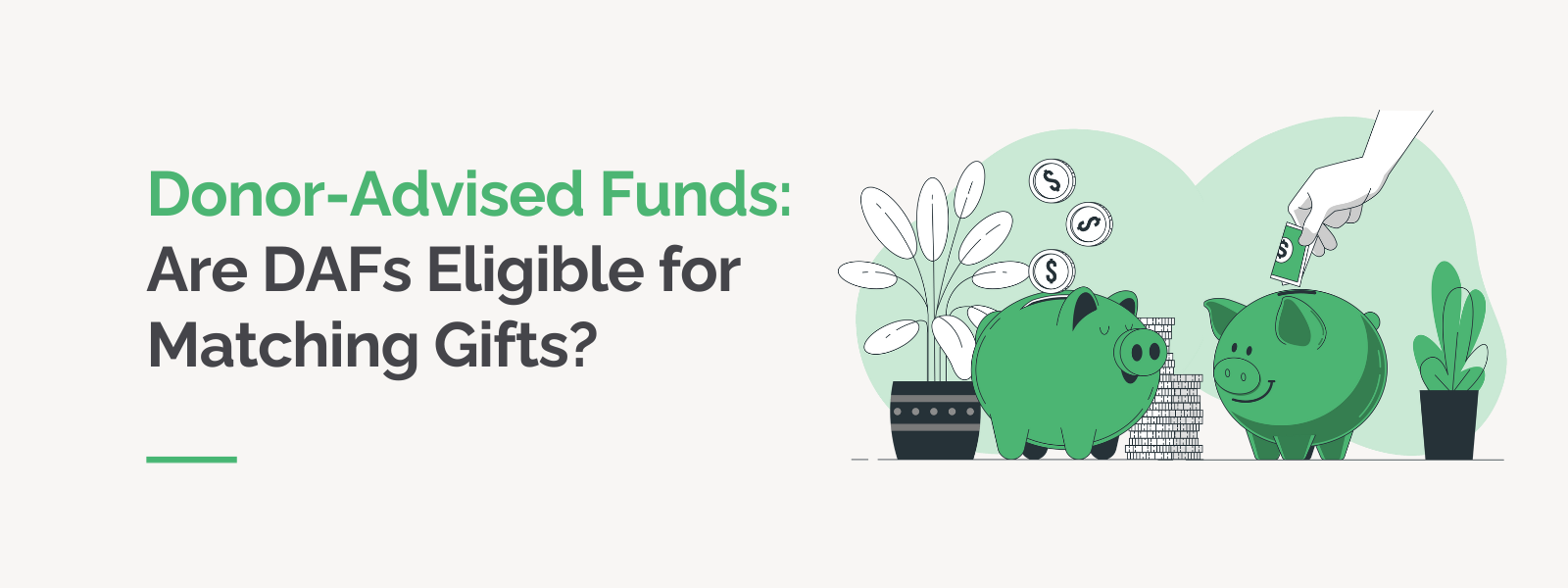 https://doublethedonation.com/wp-content/uploads/2013/08/DTD_Donor-Advised-Funds-Are-DAFs-Eligible-for-Matching-Gifts_Feature.png
600
1600
Adam Weinger
https://doublethedonation.com/wp-content/uploads/2025/11/DTD-horizontal-logo-300x63.png
Adam Weinger2025-09-16 01:12:312025-11-20 15:20:18Donor-Advised Funds: Are DAFs Eligible for Matching Gifts?
https://doublethedonation.com/wp-content/uploads/2013/08/DTD_Donor-Advised-Funds-Are-DAFs-Eligible-for-Matching-Gifts_Feature.png
600
1600
Adam Weinger
https://doublethedonation.com/wp-content/uploads/2025/11/DTD-horizontal-logo-300x63.png
Adam Weinger2025-09-16 01:12:312025-11-20 15:20:18Donor-Advised Funds: Are DAFs Eligible for Matching Gifts?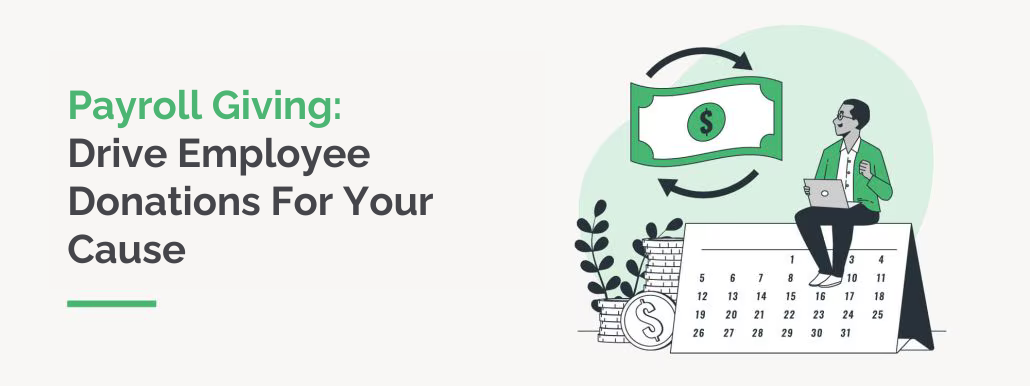 https://doublethedonation.com/wp-content/uploads/2024/02/DTD_Payroll-Giving-Drive-Employee-Donations-For-Your-Cause.png
386
1030
Adam Weinger
https://doublethedonation.com/wp-content/uploads/2025/11/DTD-horizontal-logo-300x63.png
Adam Weinger2024-02-06 20:35:302025-11-19 06:13:11Payroll Giving: Drive Employee Donations For Your Cause
https://doublethedonation.com/wp-content/uploads/2024/02/DTD_Payroll-Giving-Drive-Employee-Donations-For-Your-Cause.png
386
1030
Adam Weinger
https://doublethedonation.com/wp-content/uploads/2025/11/DTD-horizontal-logo-300x63.png
Adam Weinger2024-02-06 20:35:302025-11-19 06:13:11Payroll Giving: Drive Employee Donations For Your Cause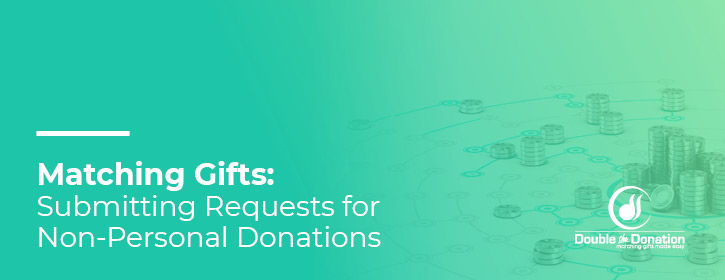
Matching Gifts: Requests for Non-Personal Donations
Corporate philanthropy is a tricky topic for most nonprofit professionals,…
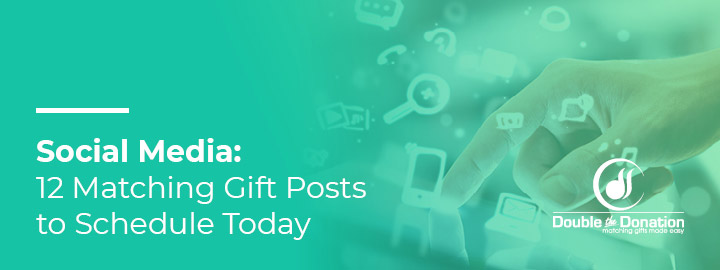
Social Media: 12 Matching Gift Posts to Schedule Today
Social media – we all use it in one way or another. Whether…
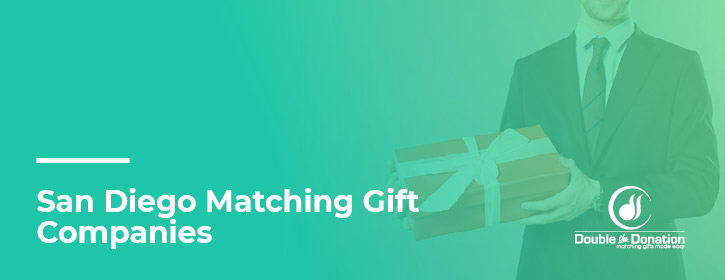
San Diego Companies with Matching Gift Programs
In previous articles, we dove into Atlanta matching gift companies and New…

